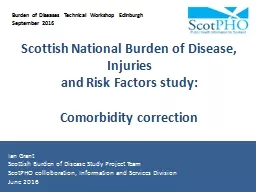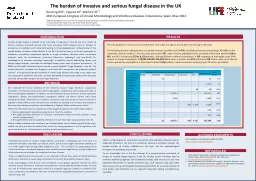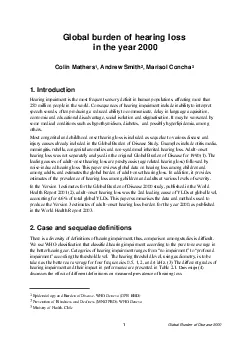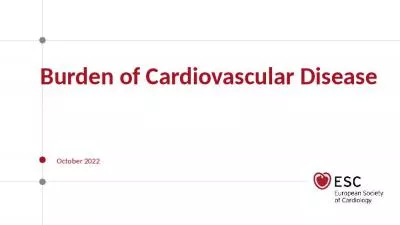PPT-Scottish National Burden of Disease, Injuries
Author : ruby | Published Date : 2022-05-14
and Risk Factors study Comorbidity correction Ian Grant Scottish Burden of Disease Study Project Team ScotPHO colloboration Information and Services Division
Presentation Embed Code
Download Presentation
Download Presentation The PPT/PDF document "Scottish National Burden of Disease, Inj..." is the property of its rightful owner. Permission is granted to download and print the materials on this website for personal, non-commercial use only, and to display it on your personal computer provided you do not modify the materials and that you retain all copyright notices contained in the materials. By downloading content from our website, you accept the terms of this agreement.
Scottish National Burden of Disease, Injuries: Transcript
Download Rules Of Document
"Scottish National Burden of Disease, Injuries"The content belongs to its owner. You may download and print it for personal use, without modification, and keep all copyright notices. By downloading, you agree to these terms.
Related Documents














